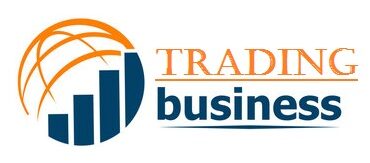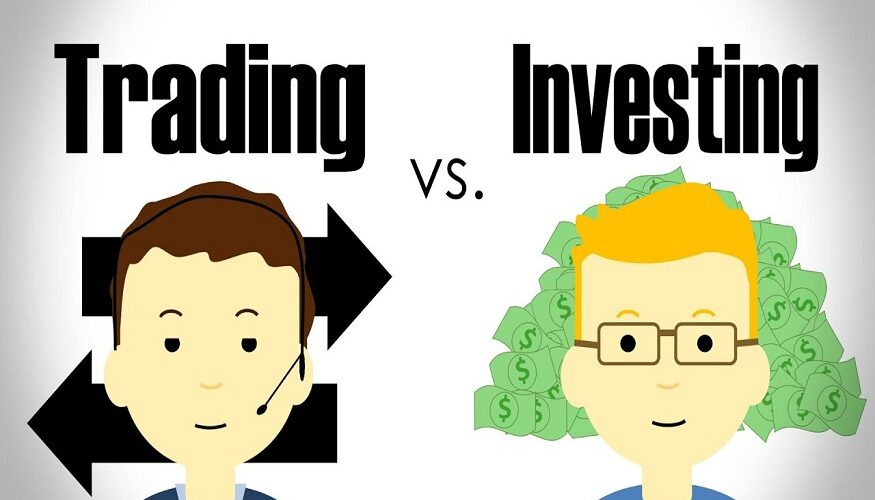The put-call ratio is a popular metric among investors for determining the general mood. A “put,” sometimes known as a “put option,” is the right to sell an asset at a fixed price. A “call” or call option is a right to purchase an asset at a defined price. When traders buy more puts than calls, it indicates a surge in bearish sentiment. Conversely, if they are buying more calls than puts, it indicates that they anticipate a bull market.
It means that the number of call buyers equals the number of put buyers. You can divide the number of traded put options by the number of traded call options to get the put-call. On the other hand, a ratio of one is not an accurate starting point for measuring market mood because investors often buy more calls than puts. As a result, an average put-call ratio of .7 for stocks is regarded as a good starting point for assessing sentiment.
What Is the Importance of Put-Call Ratio?
- The put/call ratio is a significant metric traders use to gauge market sentiment.
- The put/call ratio assists traders in determining the price movement of the underlying security and advises them in placing directional bets on stocks.
- As a contrarian signal, it prevents traders from falling to Herd Mentality.
- Because the Put/call ratio is determined in terms of both open interest and volume, it can be used to analyze the whole trading behavior of market players.
Calculation Of Put-Call Ratio
The Put-Call Ratio Formula
The put-call ratio is calculated as follows:
Put Call Ratio=Put Volume Call Volume
Where:
Put Volume is the number of put options exercised during a specified period.
Call Volume is the number of call options exercised over the same period.
To calculate Put Call Ratio, divide Puts’ total open interest (OI) by Calls’ total open interest (OI).
The estimated value usually falls between 0.5 and 1.50.
Put Call Ratio Formula(volume) = Put Trading Volume / Call Trading Volume
OR
Put Call Ratio Formula(OI) = Put Open Interest / Call Open Interest
For example, if the total open interest in Calls and Puts on September 1st is 100,000 and 80,000, respectively, then.
Put-Call Ratio = 8,000/10,000 = 0.8
Put-Call Ratio to Traders
When the Put-Call Ratio reaches extraordinarily high levels, traders typically utilize it as a contrarian indicator. It means that traders may view a high Put-Call ratio of 1.4 as a perfect chance to purchase because they feel the market mood is particularly pessimistic and will quickly adjust.
However, no single number shows whether the market has formed a bottom or a top. Still, traders typically anticipate this by looking for increases in the ratio or when the ratio hits levels outside of the regular trading range. In general, the NIFTY Put-call ratio appears to vary between 0.8 and 1.3, with 0.8 being the lower band and 1.3 being the higher band.
Put-Call Ratio to Investors
Investors use a variety of financial indicators to assess the market’s mood before putting their money into it. The put-call ratio is one of those financial tools that can help investors in more than one way. To grasp the application and role of this financial assessment, one must first understand its fundamentals. In this article, we have explored the nitty-gritty of the same, including the put-call ratio calculation and other data. An investor uses the put-call ratio as a preliminary indication of sentiment toward security.
Forecasting for Put-Call Ratio
It is very well recognized that options traders are unsuccessful, particularly option purchasers. On average, option buyers lose around 90% of the time. Although there are some successful traders, wouldn’t it make sense to trade against the positions of options traders because the majority of them have such a poor track record? The contrarian emotion put/call ratio indicates that going against the options-trading herd can be profitable. After all, most of the time, the options crowd is incorrect.
Option purchasers were in a frenzy in late 1999 and early 2000, buying truckloads of call options on tech stocks and other momentum plays. Then, as the put/call ratio fell below the usual bearish line, the market turned over and began its ugly descent, with call-relative-to-put buying volume hitting all-time highs.
When the market becomes overly bullish or pessimistic, conditions are ideal for a reversal. Unfortunately, the audience is too engrossed in the feeding frenzy to notice. When most possible buyers are in the market, the potential for new purchasers often reaches a limit; meanwhile, many potential sellers are willing to step up and take profit or just depart the market because their opinions have changed.
The put-call ratio can help you know which are the best stocks to buy today. Apart from learning how to use the put-call ratio, you should know how to open Demat account. This will help you tremendously to make good trading decisions.

